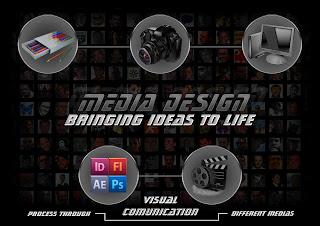Locovisual
St James theatre
Known as the best theatre in New Zealand, ‘His Majisty’ or
best known as St James theatre is situated in Wellington on Courtney place. The
architect of the beautiful rococo and neo-classical revival designed theatre was Henry Eli
White who had built what was one of his most famous theatres out of his one
hundred and thirty. It was built in 1912 and he believed it was one to out live
the rest.
When designing St James theatre White believed a classic
design was what would be best suited for the austere climate of wellington.
Baroque opulence was favoured more on the inside much like the English theatres.
Beautiful plaster work was created on the inside by William Leslie with plaster
masks, full figures, cupids, ornate cornices and picked out gold decorative work
and ‘the faintest flush of rose madder’. The brother of Rose Leslie was used as
a model for William to create the plaster work of the cherubs.
The balcony frontage has the typical cheery theatrical
rococo style. The highly ornamented interior that includes plaster caryatids,
cherubs and curlicues, and gilded classical Greek motifs that include lyres,
horns, harps, acanthus leaves, dancing cupids, and theatre masks.
The outside has
been created with a neo-classical look. Columns or the column like structure is
displayed over the front of the theatre. The design relating back to the Parthenon
with its bold square look and raised triangular roof imbedded on each side of
the front of the building. White designed it to be symmetrical giving it a high
standard finish.
The St james theatre was near the first of
theatres that White employed the ‘semi-cantilever’ system. A system of where columns would not be
situated throughout the theatres but well back. He quotes the reason of this in
a general discussion: “ ‘How often do
you hear someone say? Oh, I had a bad seat just behind one of those wretched
pillars. That is wrong, the perfect theatre should have no pillars.”
[Untitled photograph of St James theatre]. (n.d.). Retrieved
June 1, 2012, from
McGill, D. (1998). Full
circle The history of the St James Theatre. Wellington, New Zealand:
Phantom house books.
Gardiner, M.F. (1974). Henry Eli White (published masters thesis). University of Victoria,
Wellington.
















